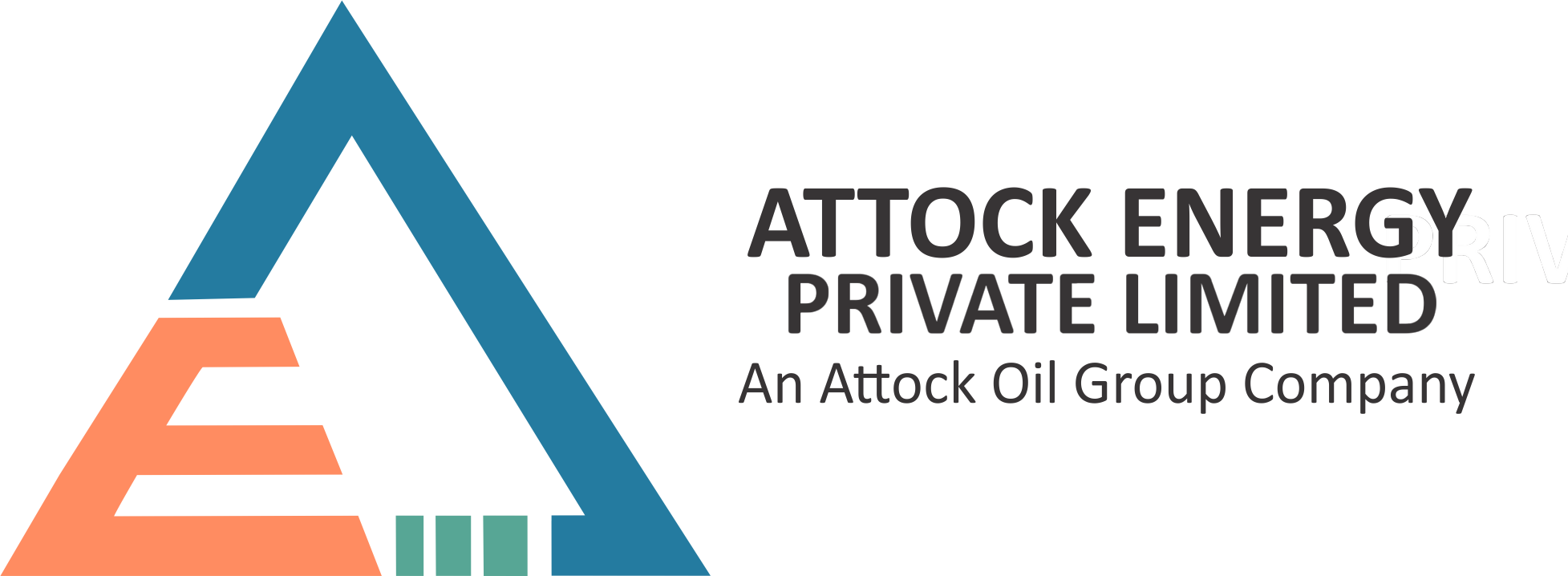He has a passion for financial data and for understanding what really makes businesses tick. Away from the stock market he likes to spend as much time as possible enjoying the outdoors. http://usa-history.ru/books/item/f00/s00/z0000018/st001.shtml The value of your investments can go up and down, and you may get back less than you invest. If you’re not sure which investments are right for you, please seek out a financial adviser.
- The investors in such businesses are looking for a steady growth in the dividends.
- If it doesn’t have the necessary cash to pay a dividend, it must borrow money or sell off assets.
- Doing this can have a snowball effect on your total return, assuming the company’s dividend doesn’t fall.
- A limited company can distribute the whole of its accumulated realised profits, less its accumulated realised losses.
- Preferred stock generally has a stronger claim to dividends than common stock, for instance.
- We recommend that you do not take any information held within our website or guides (eBooks) as a definitive guide to the law on the relevant matter being discussed.
The first class of shareholders is those who look for dividend returns from their investments. The other class of shareholders is those who require capital gain returns from their investments. For dividend shareholders, dividends are vital in deciding where they want to invest. Similarly, for some dividend shareholders, dividends may be the only source of regular and reliable income. Therefore, companies need to distribute dividends to satisfy those shareholders.
When do companies pay dividends?
Dividends are paid to the company’s shareholders in proportion to the number of shares owned. The dividend growth can be assured because it is based on vital factors like return on equity, operating cash flow, and future performance. After declared dividends are paid, the dividend payable is reversed and no longer appears on the liability side of the balance sheet. When dividends are paid, the impact on the balance sheet is a decrease in the company’s dividends payable and cash balance. The ultimate effect of cash dividends on the company’s balance sheet is a reduction in cash for $250,000 on the asset side, and a reduction in retained earnings for $250,000 on the equity side.
- The primary benefit of accounting for dividends is eliminating confusion regarding dividends.
- Profit refers to the money your company has remaining after paying all its tax liabilities (such as VAT and Corporation Tax), and expenses (think wages and rent for premises).
- How and when to make a dividend payment can have also personal tax implications dependent on when certain tax changes are introduced, and your level of personal income.
- If you have substantial retained earnings, your company might be hesitant to pay out that money in dividends for fear of having insufficient funds for future buying opportunities.
- In financial modeling, it’s important to have a solid understanding of how a dividend payment impacts a company’s balance sheet, income statement, and cash flow statement.
- As tax on dividends is lower than other income, this could reduce your tax bill overall.
One of the most common questions received by accountants today is how to handle dividend payments, especially in a closely held corporation. As you know, dividends are the payments made by corporations to their shareholders out of company earnings, generally considered taxable income by the IRS. While cash dividends have a straightforward effect on the balance sheet, the issuance of stock dividends is slightly more complicated.
Shareholders and taxation
However, they may also be at a disadvantage as it also means they may earn lower or, sometimes, nothing when the profits of the company are declining. The debit to the dividends account is not an expense, it is not included in the income statement, and does not affect http://rufox.ru/oleg/comments/70503/ the net income of the business. The dividends account is a temporary equity account in the balance sheet. The balance on the dividends account is transferred to the retained earnings, it is a distribution of retained earnings to the shareholders not an expense.
But if a company is paying out too much of its profit as dividends, such as more than 80 per cent, they might have to cut down on those payments. A saturated market, vast piles of debt and climbing interest rates pushing up the cost of borrowing are stripping coffers bare and leaving them with little spare for shareholders. Moving energy around may not be the most exciting business on the planet, but it’s one that looks likely to be with us for many decades to come.
Additional guidance and support
A dividend or distribution to shareholders may only be made out of profits available for the distribution. There are various types of dividends a company can pay to its shareholders. Below is a list and a brief description of the most common types that shareholders receive.
The breakout in November, then, was not surprising and is a sign of bear capitulation. It’s a particularly good time to talk about CEFs because the 2022 selloff has left us some pretty sweet deals that are still around … even though 2022 ended more https://reputation-metrics.org/what-does-a-business-systems-analyst-do/ than 11 months ago! Chief among these “held-over” bargains is the 11.7%-paying CEF we’ll get to in a sec. “Expect further cost cutting measures in 2024 as well consolidation and assets disposal to appease key stakeholders,” Pescatore added.

